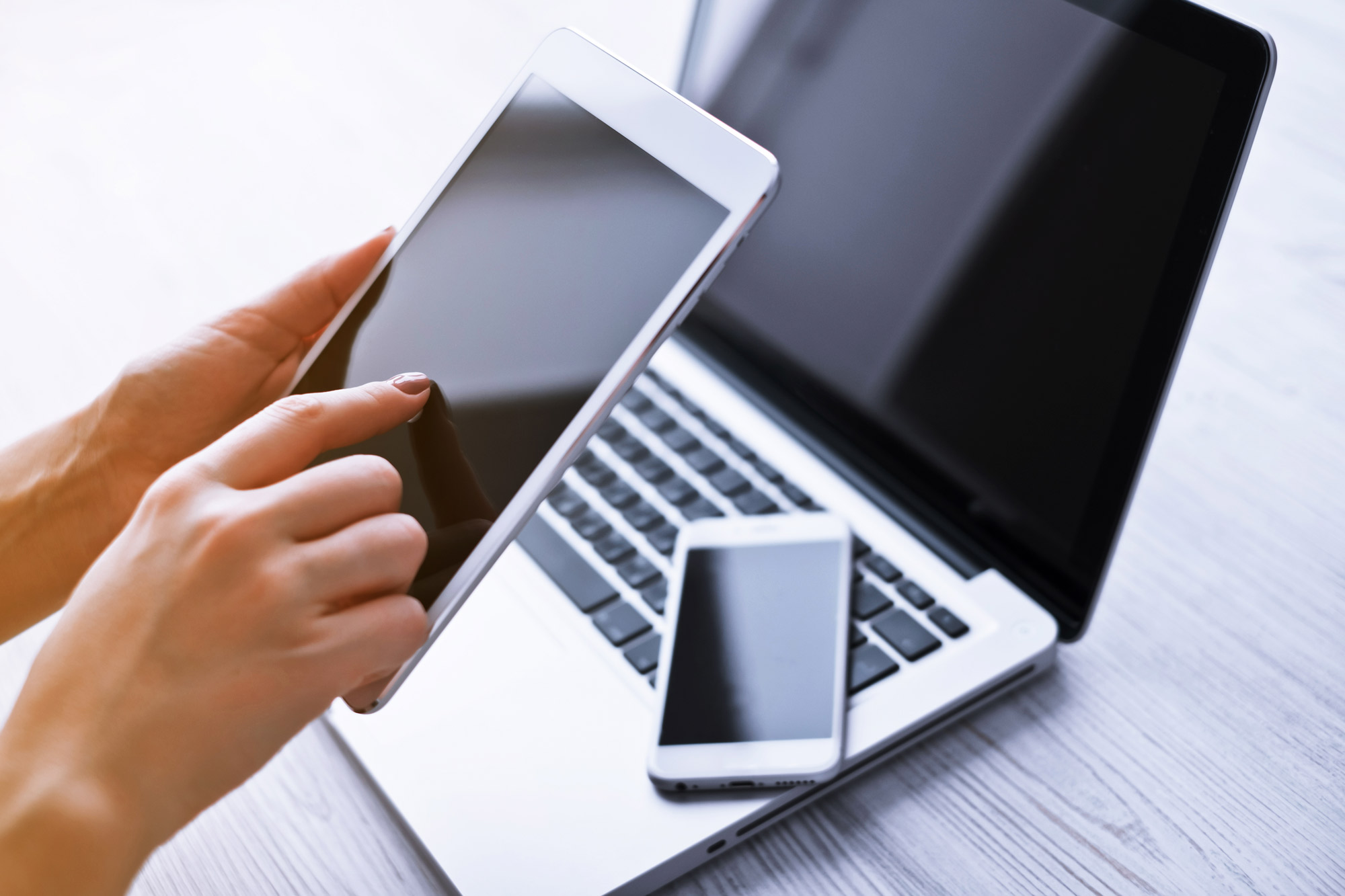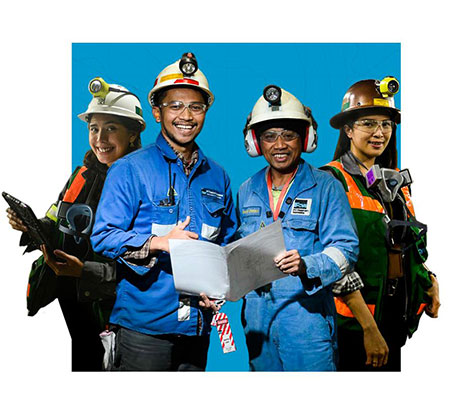16 October 2020

JAKARTA - Copper and minerals from the mines are important raw material in producing goods which support people’s daily life. Items such as watches, cutlery, gadgets, and even transportation equipment use mineral raw materials from mines. In fact, copper is also widely used to manufacture equipment or systems supporting environmentally friendly activities, such as electric cars, solar panels and wind power plants.
“For example, the need of an electric car requires copper four times that of a conventional car. A wind power plant requires more copper cables than regular power lines. Thus, the role of copper is still pertinent to the human life,” thus stated President Director of PT Freeport Indonesia (PTFI), Clayton Allen Wenas, or known as Tony Wenas, during a Kompas Talks program entitled ‘Mining for Life’ through a live Kompas Daily Instagram program, Thursday (10/15).
Citing the Ministry of Energy and Mineral Resources (EMR) page, based on identification of the Geology Agency, Indonesia possesses copper ore resources of 15.083 billion tons and 2.632 billion tons in reserves. In terms of copper metal resources 48.98 million tons and 23.79 million ton in reserves.
PT Freeport Indonesia possesses 1.8 billion tons copper ore in reserves from five mining fields in Papua. This number does not yet include the Grasberg underground mine which contains 1.3 billion tons in reserves.
According to Tony, the underground mining transition is currently still in process and will only reach 100% production capacity in 2022. In terms of the mining operation at PT Freeport Indonesia, Tony said that environmental sustainability continues to be maintained. Said aspect is embedded in the AMDAL document or Analisis Mengenai Dampak Lingkungan (Environmental Impact Analysis) issued in 1997.
Said document governs the reclamation procedures of unused mining areas, such as replanting such land with local native vegetation. “For example, in Grasberg, 400 hectares of land has already been replanted. Similarly, in the tailings area, or mine residue in the form of eroded rocks about 800 hectares were revegetated. But areas that are still active can’t be revegetated, yet,” he explained.
Meanwhile, Ministry of Energy and Mineral Resources’ Director of Mineral and Coal, Ridwan Djamaluddin, stated increasing the added value by means of the downstream process shall be of great benefit to Indonesia. “We want the extended added value process, as much as possible to provide impact for the state, enhancing state revenue, creating job opportunities and build self-reliance (energy),” he stated during an online seminar “The Future of Indonesia’s Copper Downstream”, Wednesday (10/14) as quoted from a press release.
Ridwan admitted that building a smelter to downstream copper is not an easy task because of the large investment value. Separately, Mind ID Group CEO, Orias Petrus Moedak emphasized that efforts to make Indonesia a gathering point for producing materials that produce batteries have been announced. "A team with members of the managing director of Pertamina, PLN, Mind ID, and Antam have been formed and are doing many things," he told the media.
It is estimated that the added value of nickel downstream will contribute to gross domestic product (GDP) of 500 million US dollars to 1.5 billion US dollars per year in the upstream stage. (ERK/IDR)
Source article: Kompas, October 16, 2020, page 10
Kami menghimbau para pencari kerja untuk berhati-hati dan mewaspadai beragam modus penipuan perekrutan yang mengatasnamakan PT Freeport Indonesia. Dalam setiap proses rekrutmen dan penerimaan karyawan, PT Freeport Indonesia maupun konsultan rekruitmennya tidak memungut biaya apapun.
Untuk melihat lowongan, silakan akses melalui link berikut: ptfi e-recruitment
Untuk melihat informasi magang, silakan akses melalui link berikut: Internship Program
